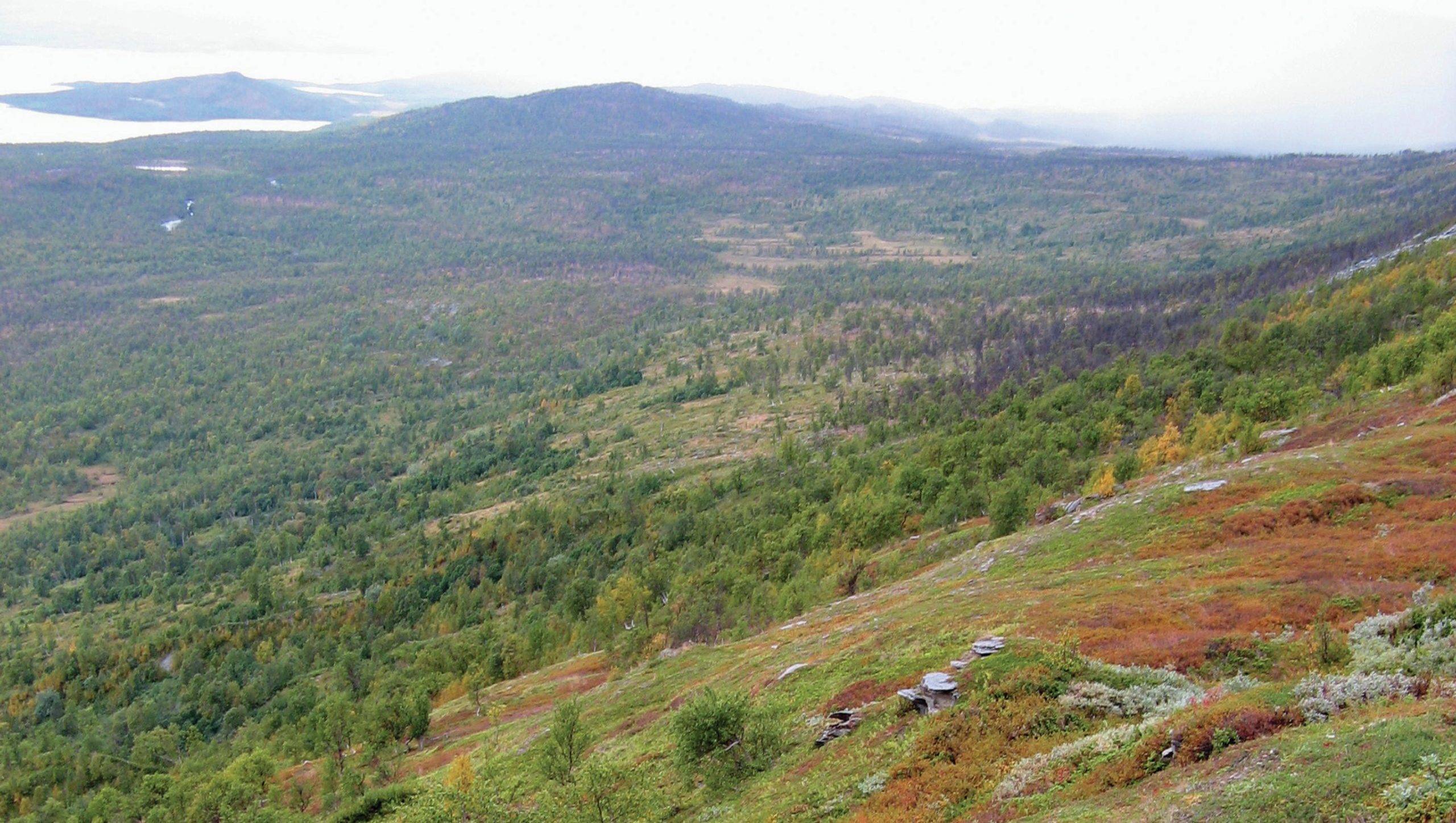
The vegetation of the Arctic and neighbouring lands shows a development from north to south in which more and more of the bare ground is covered and the vertical structure of the vegetation becomes more complex as the canopy becomes higher. In the polar deserts and polar semi-deserts of the far north, primitive soils are colonised by lichens, mosses, cushion plants and grass-like plants. Further south, along the coastal areas of Alaska, Canada and Siberia, grasses and sedges form the tundra of ice-wedge-polygons in a landscape patterned by permafrost. At the southern border of the Arctic tundra, shrubs grow and eventually trees which form a ‘treeline’. South of the treeline is the vast boreal forest or ‘taiga’ of coniferous trees.
Lemmings are keystone species of the Arctic tundra. They have population cycles reaching peaks every 4–7 years. When numbers are high, they destroy a lot of vegetation and the number of offspring of their predators, such as Arctic fox and snowy owl, increases. They live, feed and breed in tunnels under the snow but during climate warming, the snow cover sometimes disappears in mid-winter and ice layers form. As a result, population sizes have decreased and this has affected their predators too.
Your organisation does not have access to this article.
Sign up today to give your students the edge they need to achieve their best grades with subject expertise
Subscribe




